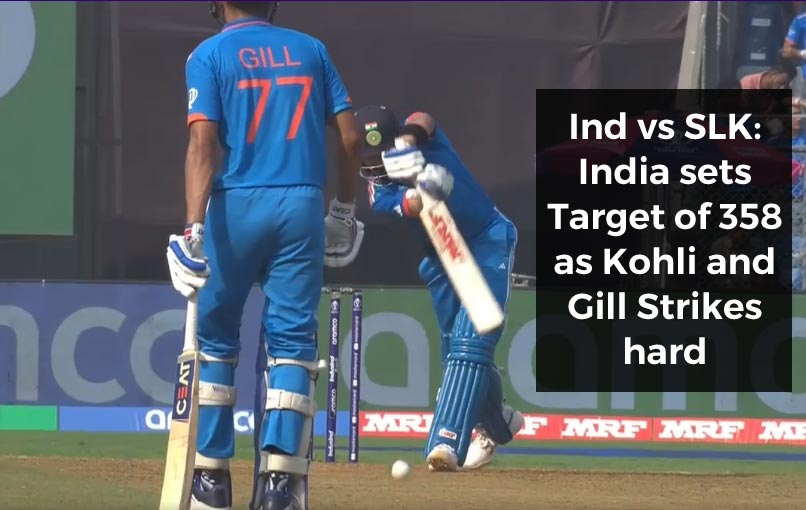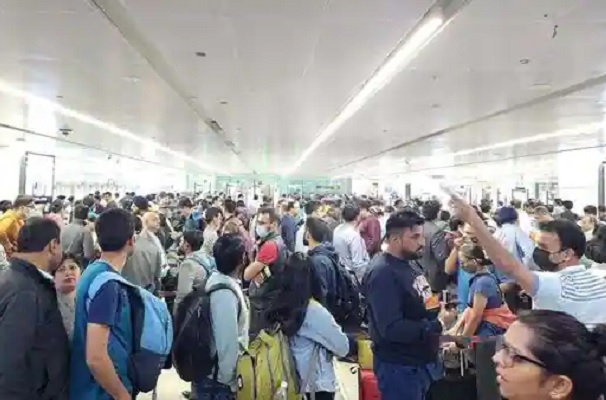Air quality index crossed the severe mark at many place in Delhi
Mon 28 Oct 2019, 10:55:28
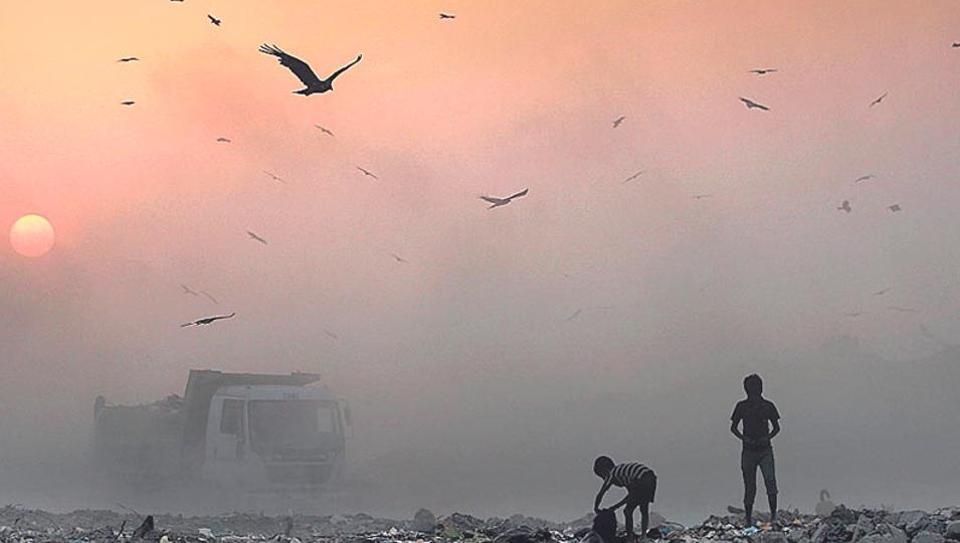
New Delhi: A layer of haze blanketed the national capital and its air quality dipped to "very poor" category with revellers continuing to defy with impunity the Supreme Court-enforced two-hour limit for bursting crackers on Diwali on Sunday.
Ear-deafening booms, toxic smoke and ash from firecrackers filled the air as the overall air quality index crossed the "severe" mark at many places.
People reported violation of the two-hour window in Malviya Nagar, Lajpat Nagar, Kailash Hills, Burari, Jangpura, Shahdara, Laxmi Nagar, Mayur Vihar, Sarita Vihar, Hari Ngar, New Friends Colony, Dwarka among others places.
Residents in Noida, Gurgaon and Ghaziabad also reported extensive fireworks much beyond the timeframe.
The people could also be seen bursting crackers before 8 PM, however, the intensity remained low.
At 11 pm, Delhi's overall air quality index stood at 327, according to government agencies. On Saturday, AQI stood at 302.
The government's air quality monitor, SAFAR, predicted that the overall air quality index may plunge to "severe" category tonight due to firecracker emissions, unfavourable weather and a significant spike in stubble burning.
The levels of PM10 -- tiny particulate matter of diameter 10 or less than 10 microns that can enter deep into the lungs -- reached as high as 515 micrograms per cubic metre in Anand Vihar during the day.
In Wazirpur and Bawana, PM 2.5 levels crossed the 400 mark.
An AQI between 0-50 is considered "good", 51-100 "satisfactory", 101-200 "moderate", 201-300 "poor", 301-400 "very poor", and 401-500 "severe". Above 500 is "severe-plus emergency" category.
Twenty-five of the 37 air quality monitoring stations in the capital recorded their AQI in "very poor" category or beyond.
The AQI in the satellite towns of Faridabad, Ghaziabad, Greater Noida and Noida was 320, 382, 312 and 344, respectively, at 11 pm.
After last year's Diwali, Delhi's AQI had crossed the 600-mark, which is 12 times the safe limit. In 2017, the AQI post-Diwali was 367.
With Delhi's air quality plummeting to dangerous levels around Diwali every year, the Supreme Court in 2018 banned polluting firecrackers and ordered that only green firecrackers, which is said to cause 30 per cent less pollution, can be manufactured and sold.
But the green pyrotechnics have failed to draw good response both from sellers and buyers, primarily due to lack of variety, limited stock and high prices.
Last year also, people continued to buy the conventional firecrackers and use them.
According to the System of Air Quality and Weather Forecasting and Research (SAFAR), the highest impact of
firecracker emissions is expected early on Monday from 1-6 am.
firecracker emissions is expected early on Monday from 1-6 am.
"If 50 per cent of the total load of firecrackers (average of Diwali 2017 and 2018) is added, the AQI may plunge to the severe category for a short period," it said, adding the situation would be not as bad as last year.
The period between October 15 and November 15 is considered critical for Delhi-NCR's air quality due to stubble burning in neighbouring states, firecracker emissions on Diwali and weather patterns across the region trapping pollutants in the atmosphere.
The weather department said, primarily, the westerly winds, which carry smoke from stubble burning in Haryana and Punjab to Delhi-NCR, were blowing in the region.
SAFAR said stubble-burning incidents in Haryana and Punjab are increasing gradually and following almost the same pattern as last October.
The share of stubble burning in Haryana and Punjab in Delhi's PM2.5 concentration could increase to 19 percent on Sunday, it said.
On Saturday, the Delhi government launched a four-day mega laser show in an effort to discourage residents from bursting firecrackers and celebrating Diwali with lights and music. During the show, laser lights were beamed in sync with patriotic songs and Ramayana narration.
The prevailing air pollution in the national capital region has also become a cause for concern ahead of the T20 International between India and Bangladesh at the Feroz Shah Kotla on November 3.
Back in December 2017, the Sri Lankan cricket team was left gasping for breath during a Test match at the Kotla, forcing most of their players to wear protective masks even as some fell ill.
BCCI and DDCA officials are now hoping that the city's poor air quality doesn't become an issue during the night encounter.
Apprehending a dip in air quality, the Supreme Court-mandated Environment Pollution (Prevention and Control) Authority on Friday banned construction activities at night in Delhi-NCR from Saturday to Wednesday.
It also directed closure of coal-based industries, barring power plants, in Faridabad, Gurgaon, Ghaziabad, Noida, Greater Noida, Sonepat and Bahadurgarh during the period.
On EPCA's direction, the Delhi Pollution Control Committee (DPCC) have also ordered the closure of industries, which have not yet shifted to piped natural gas, from Saturday-Wednesday.
A PMO-led panel has directed implementing agencies and the NCR states to intensify anti-pollution measures up to mid-November so that there is immediate impact on air quality.
The Centre has also asked Haryana and Punjab to stop stubble burning completely for the next "critical" days.
No Comments For This Post, Be first to write a Comment.
Most viewed from National
Most viewed from World
AIMIM News
Latest Urdu News
Most Viewed
May 26, 2020
Where should be the burial of the pilgrims martyred in the Saudi Arabia bus accident?
Latest Videos View All
Like Us
Home
About Us
Advertise With Us
All Polls
Epaper Archives
Privacy Policy
Contact Us
Download Etemaad App
© 2025 Etemaad Daily News, All Rights Reserved.

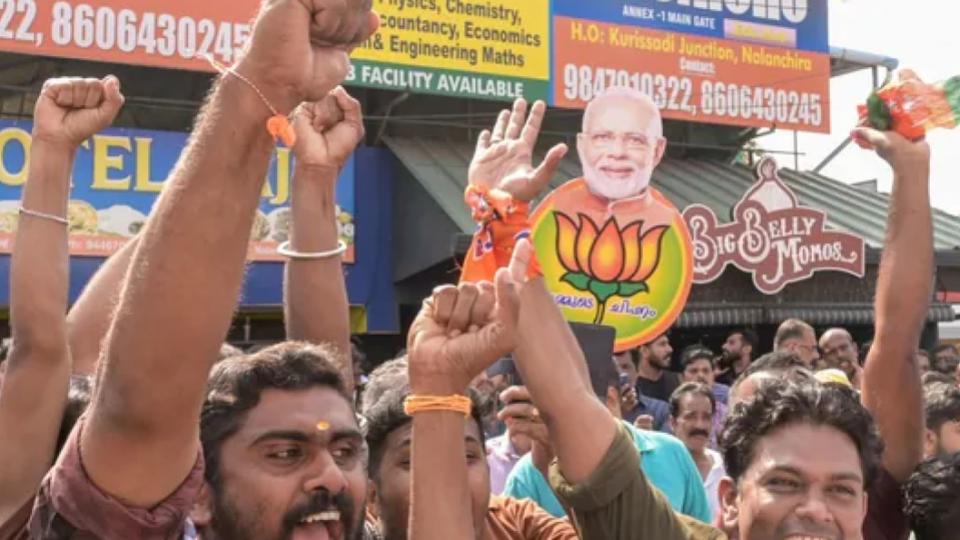

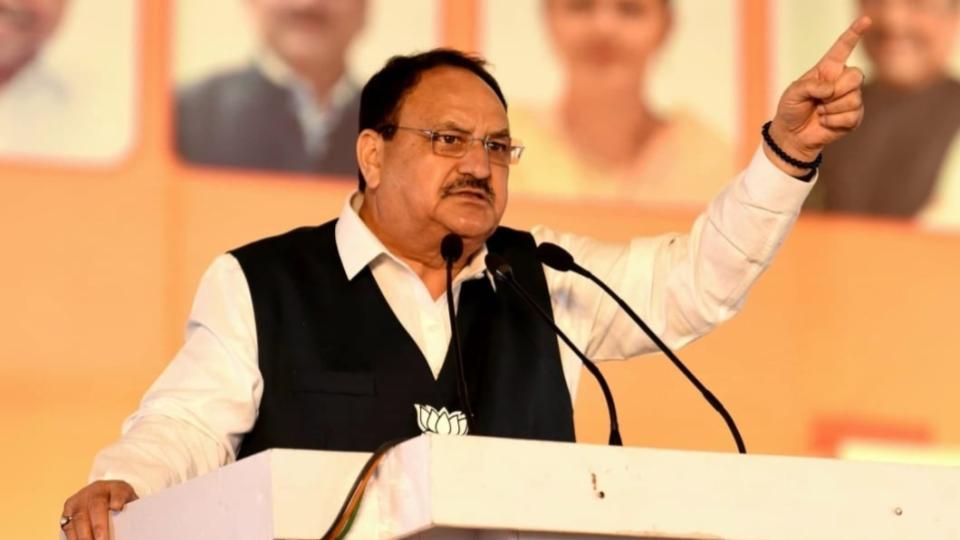

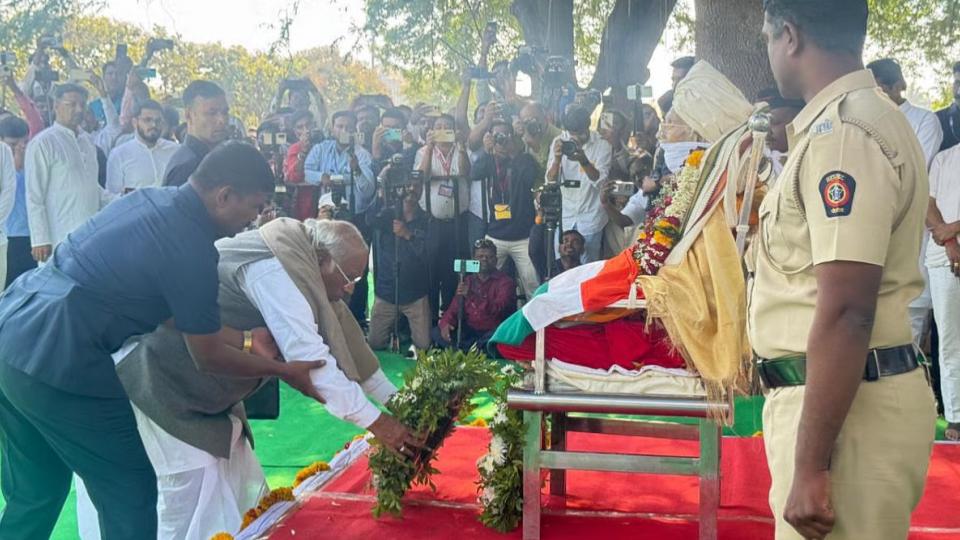
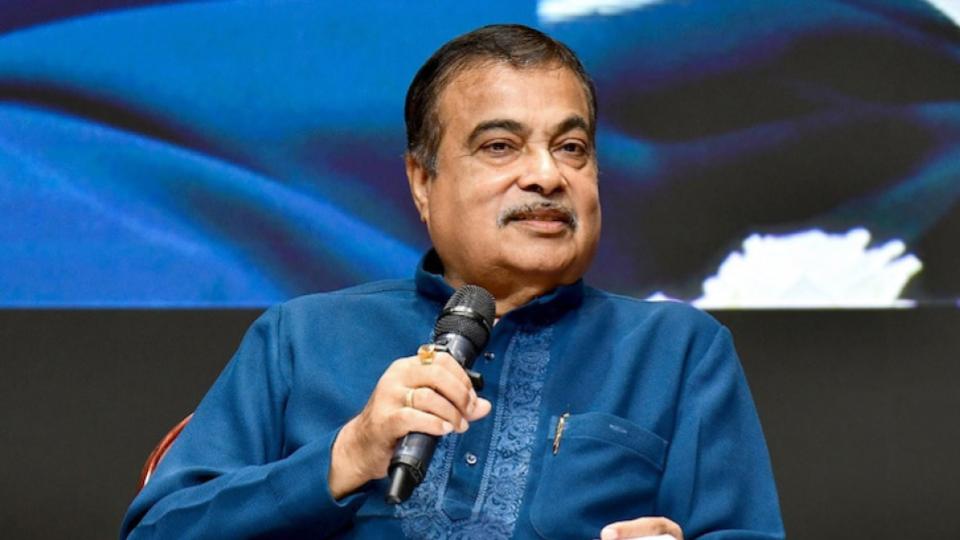

.jpg)
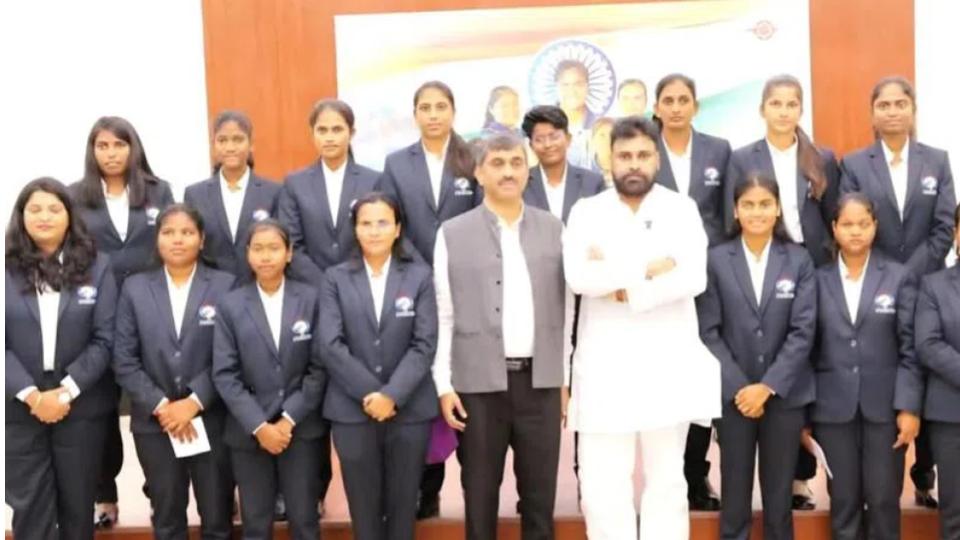
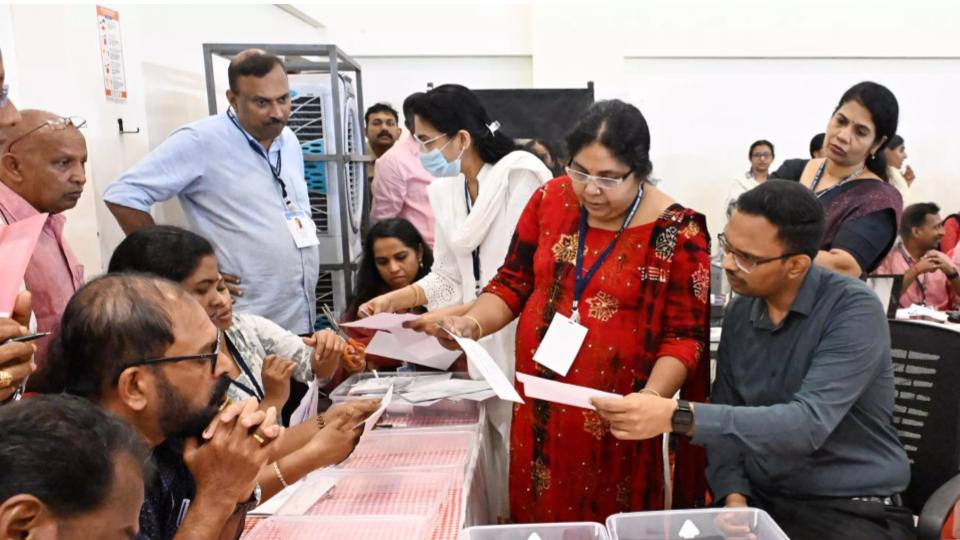
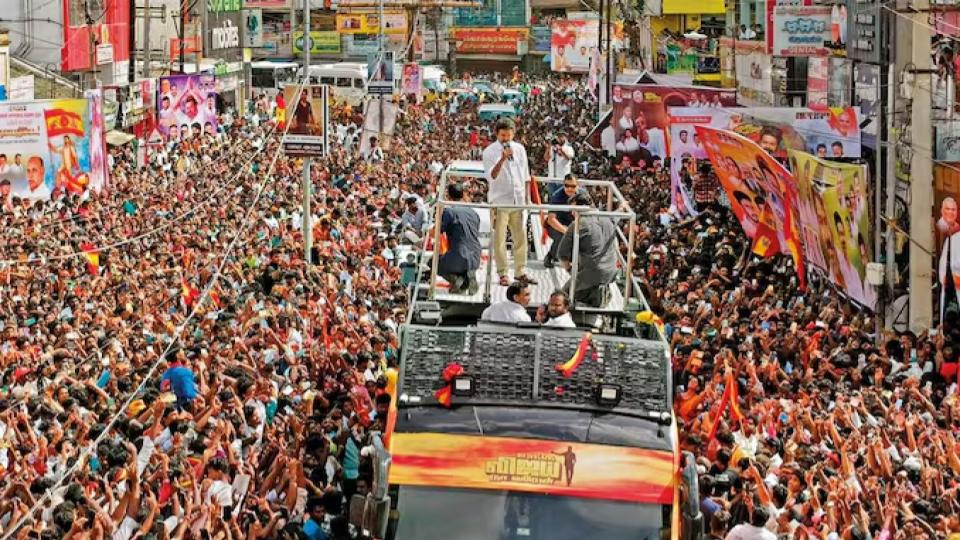
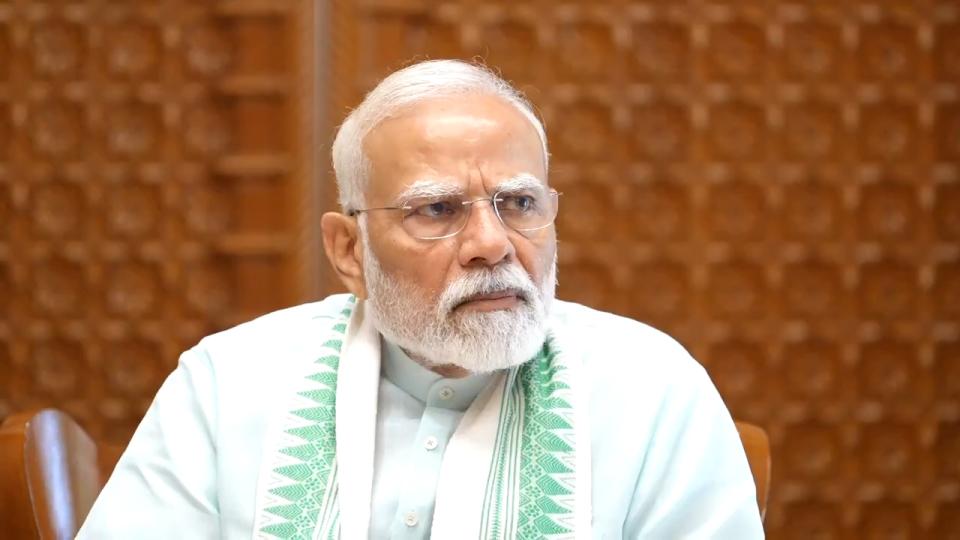
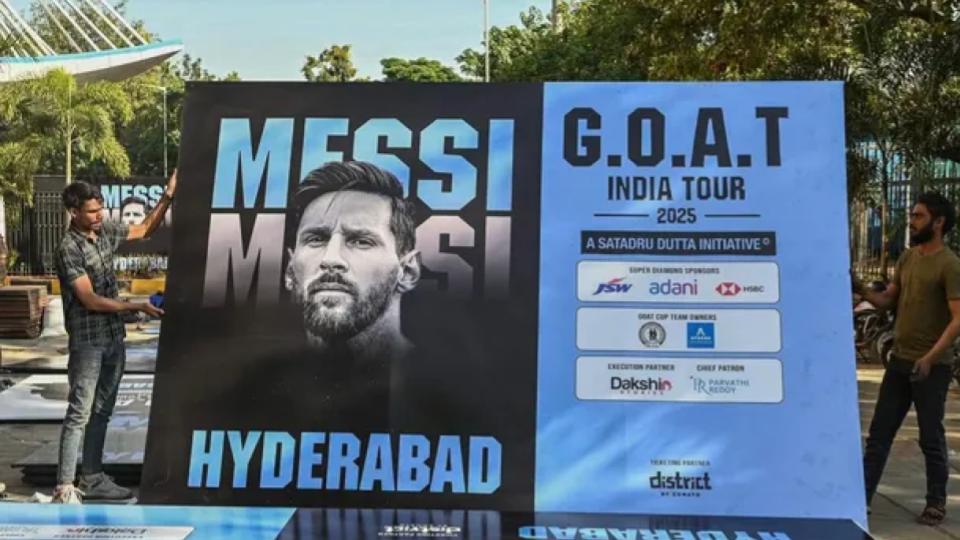
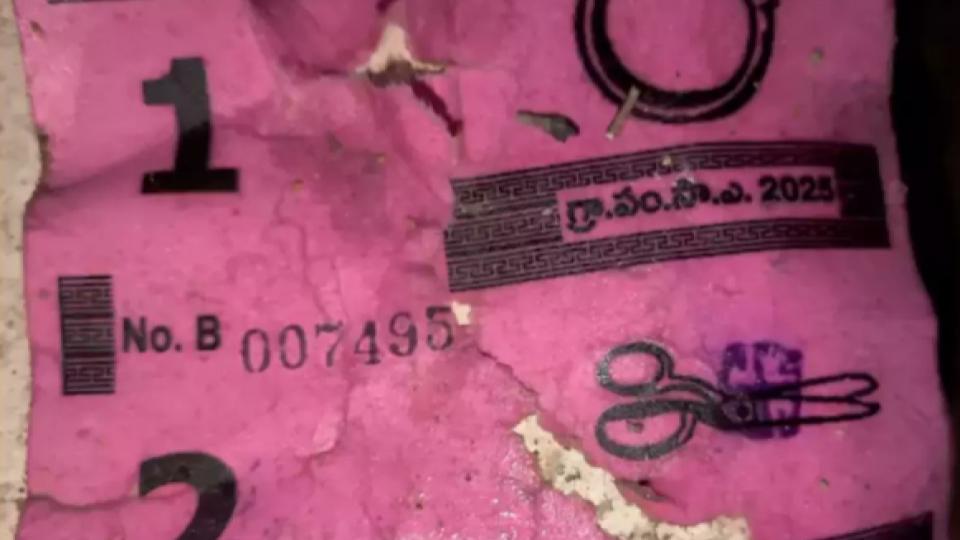
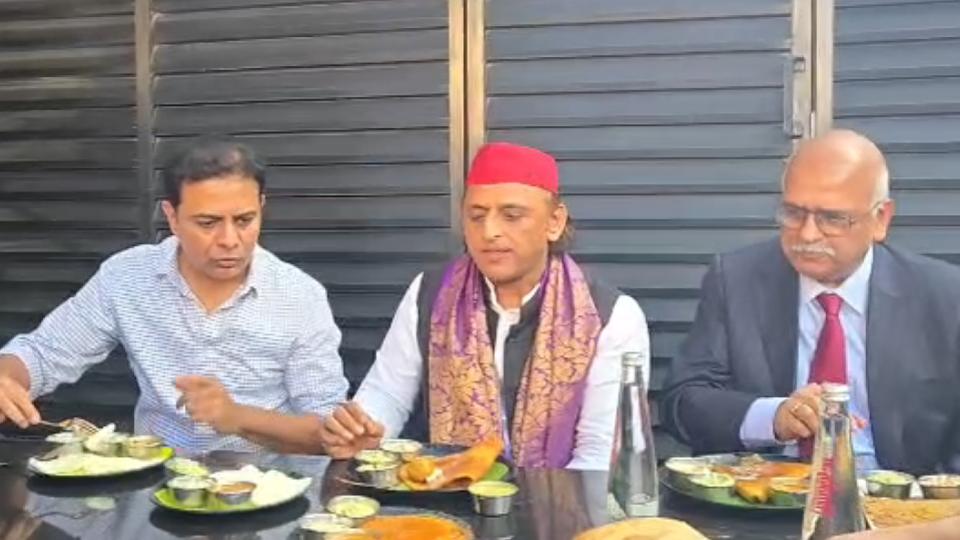
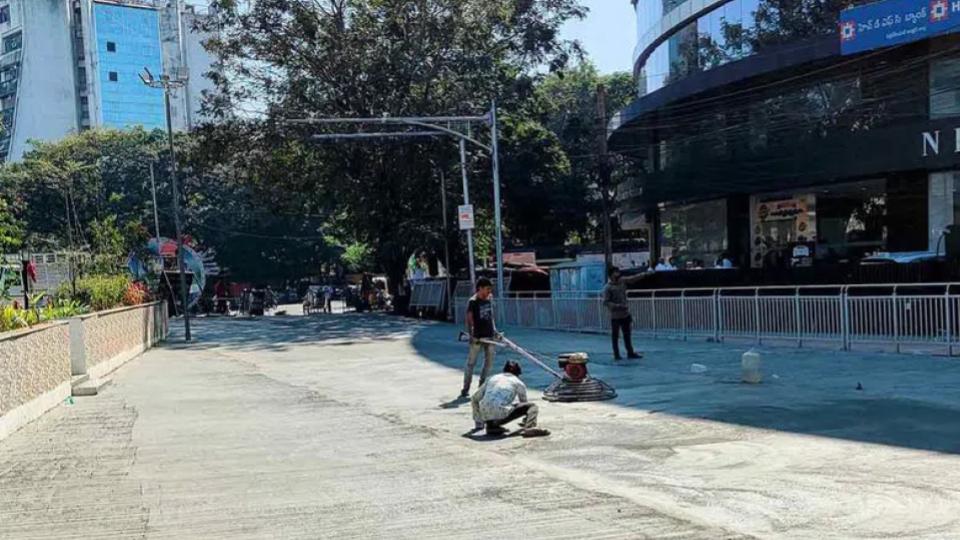

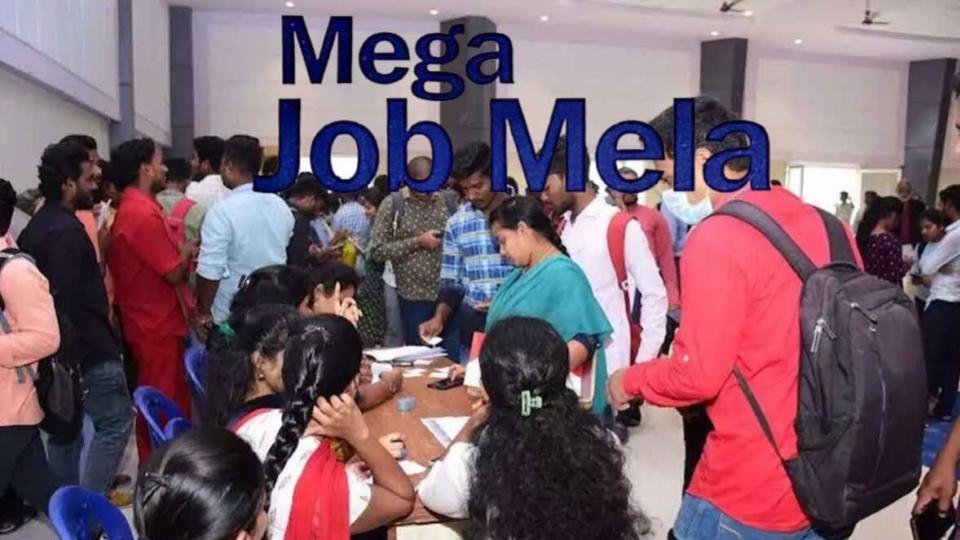
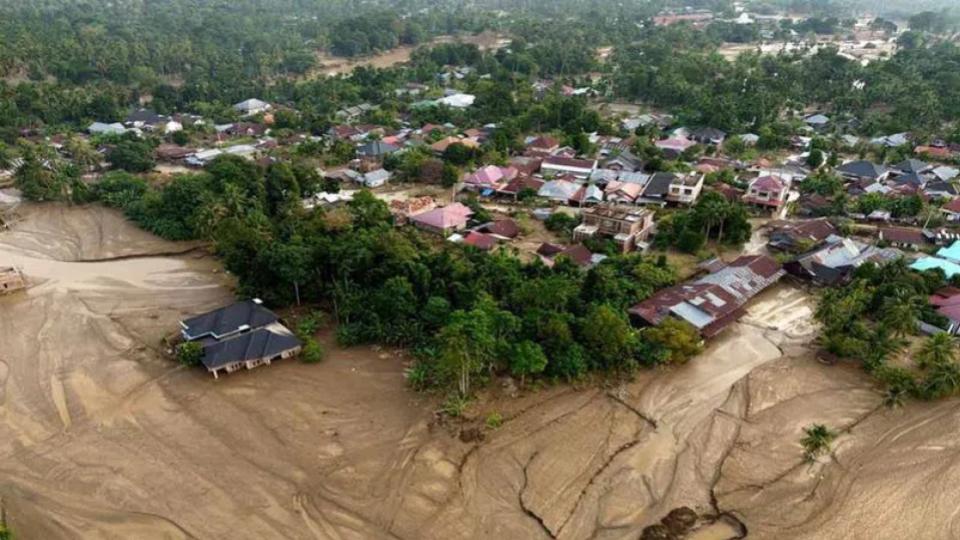
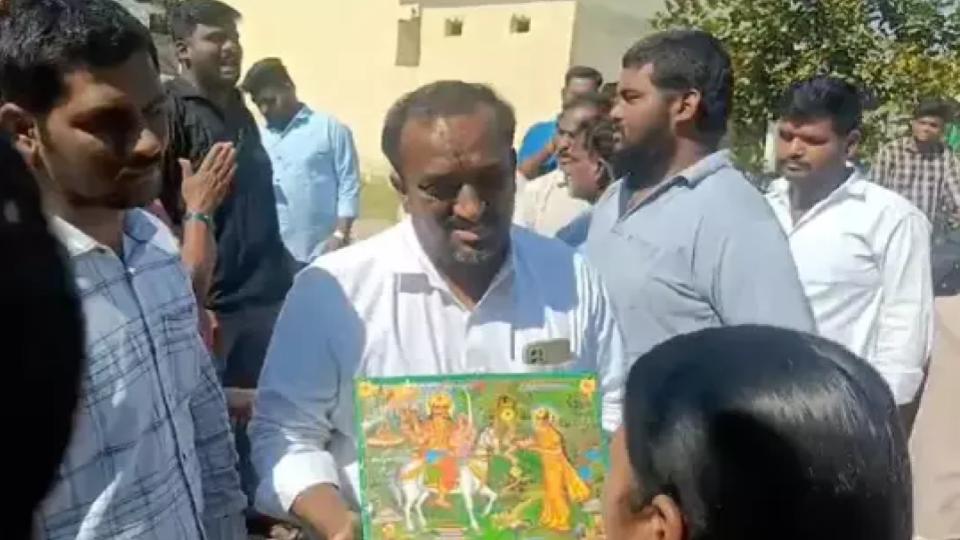
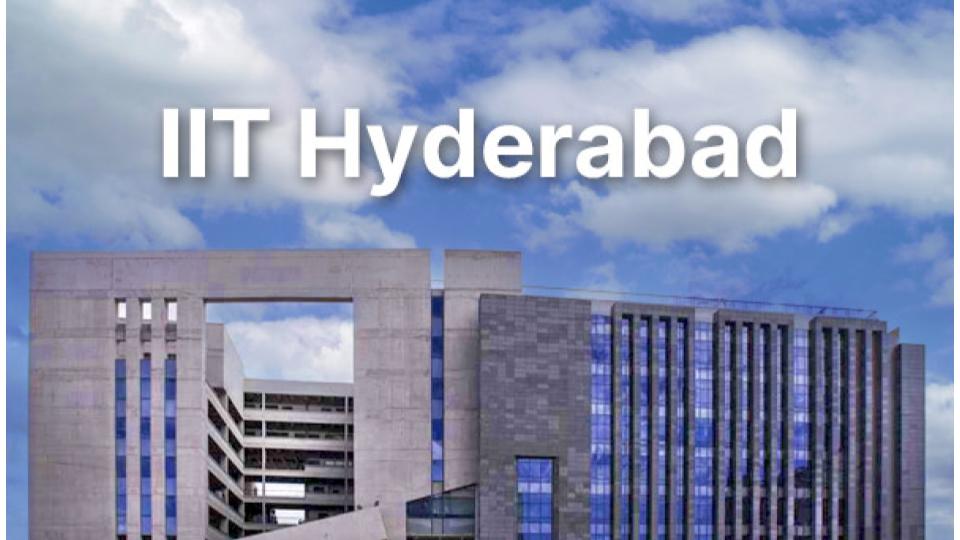

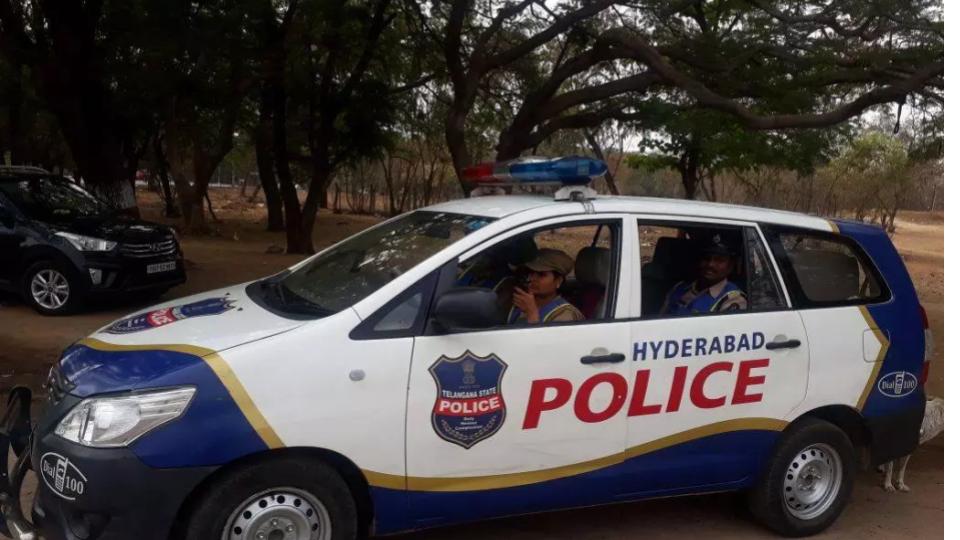
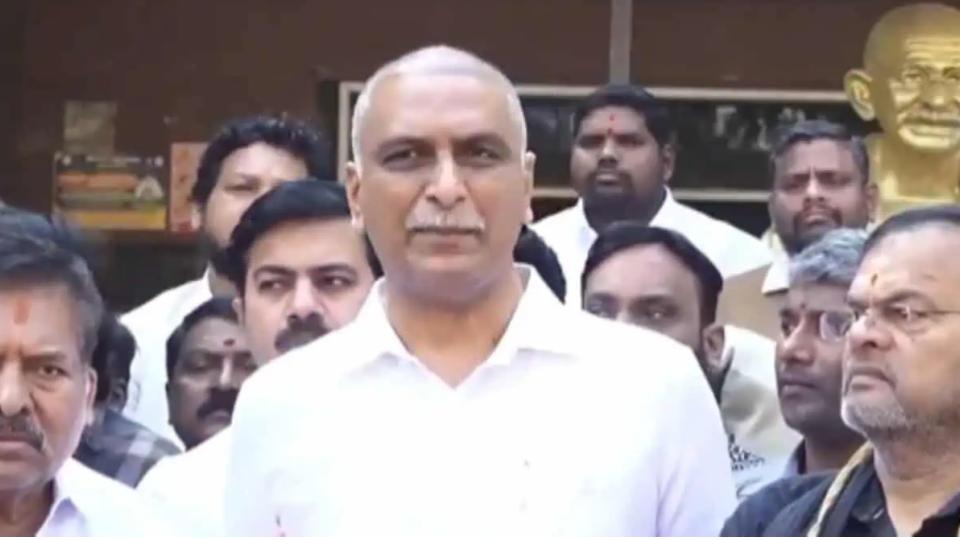

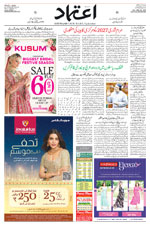


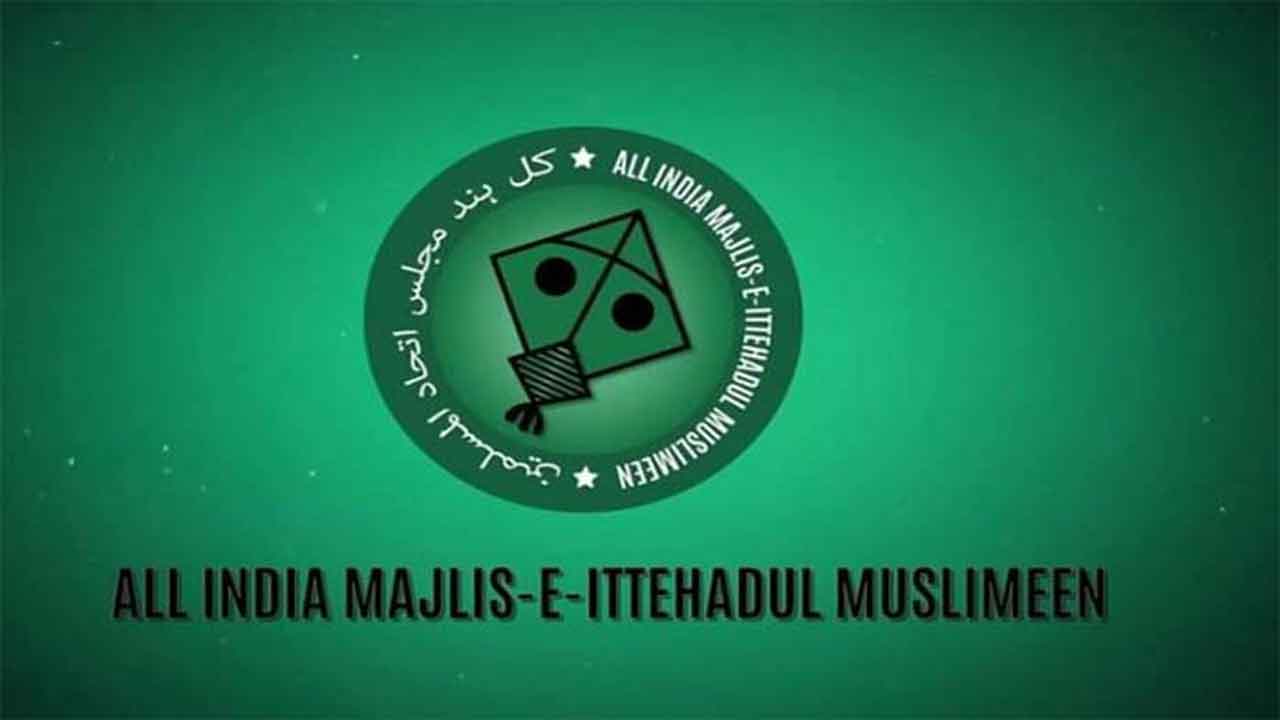
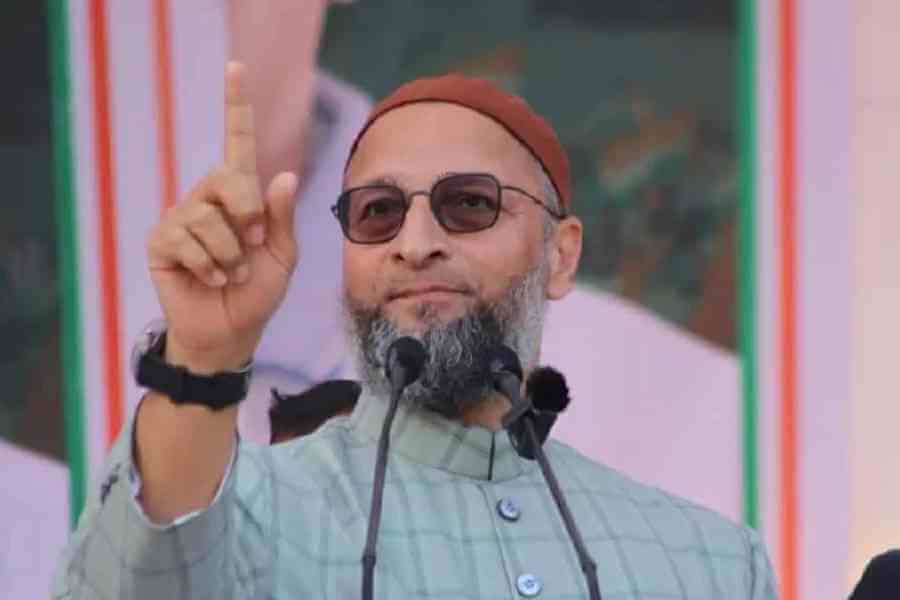
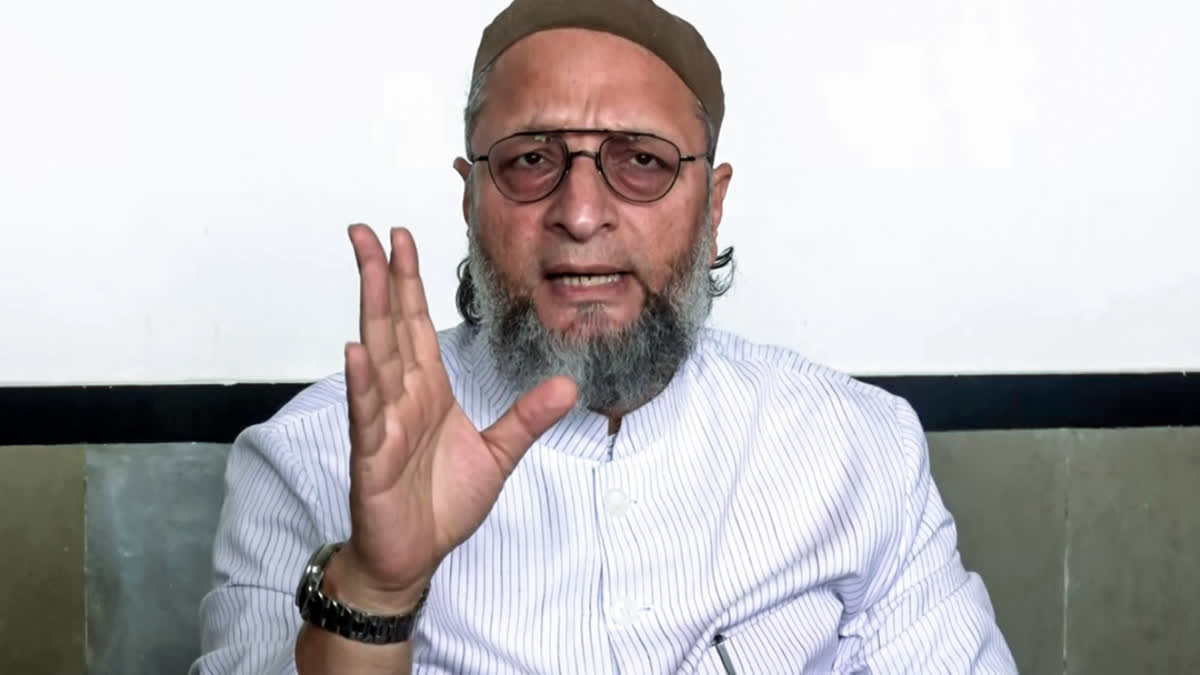
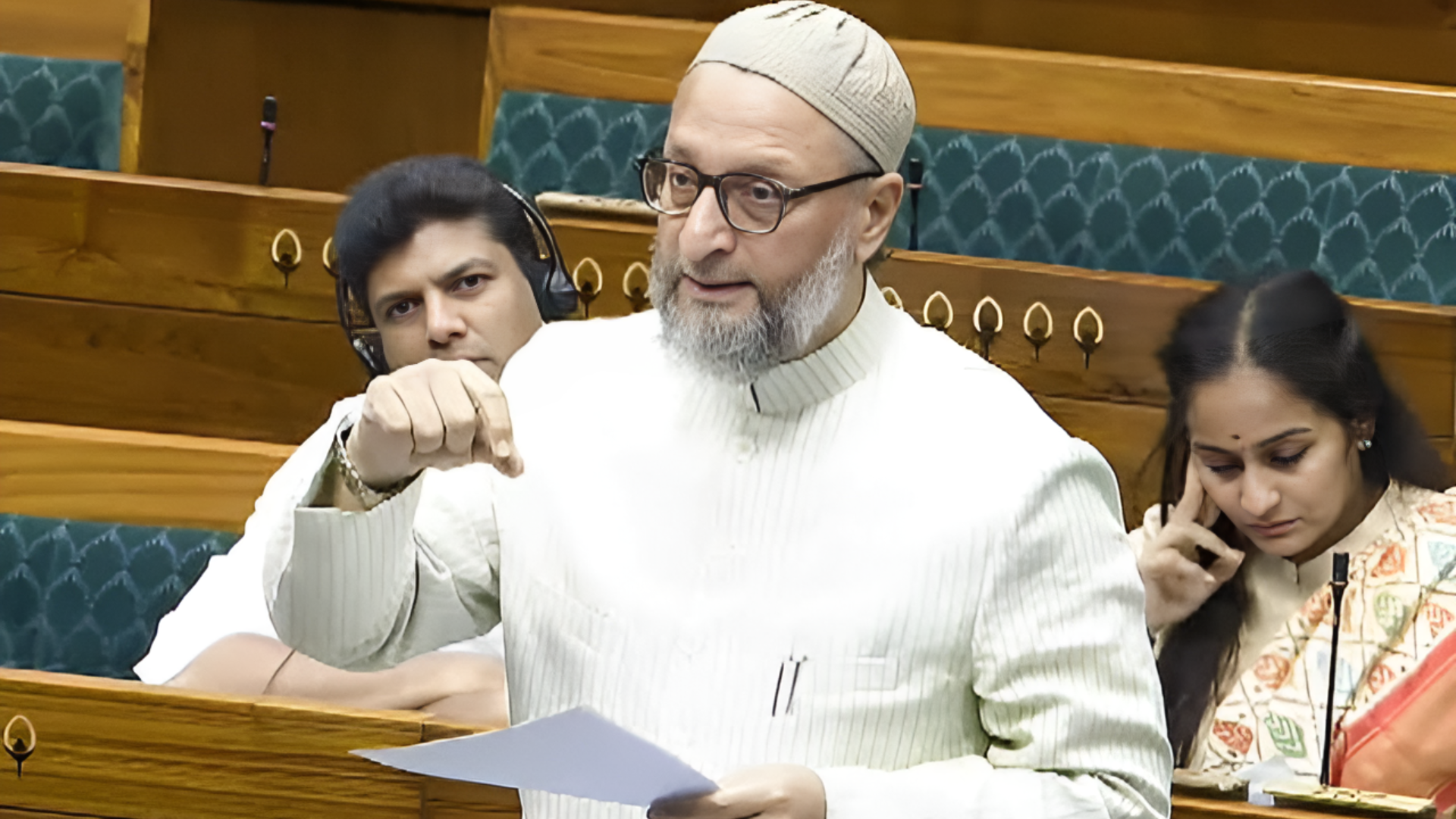
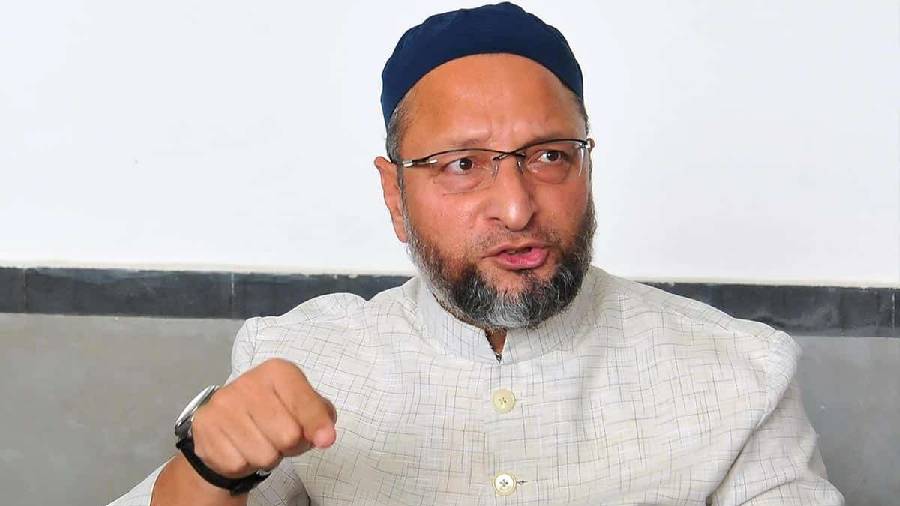
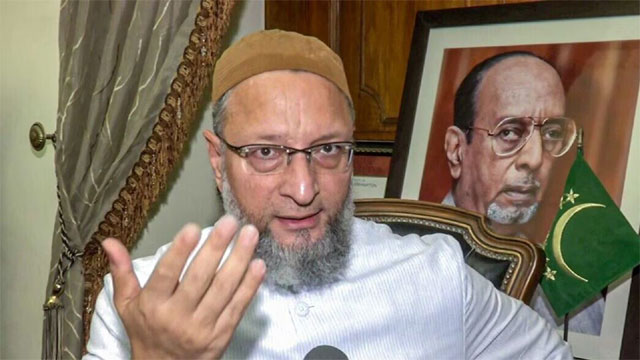
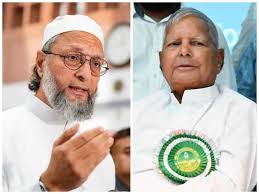
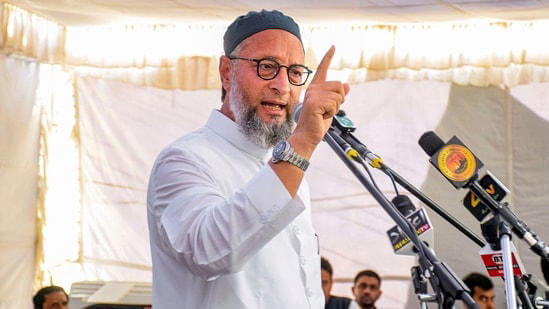
.jpg)
.jpg)
.jpg)

